Tennis grip types explained: How to hold the tennis racket correctly
Introduction
The type of tennis grip is a central element for every player - whether beginner or advanced. The right grip influences the control, spin and precision of your strokes. Different types of strokes require different grips, and those who master them can significantly improve their game.
Whether you play singles or doubles tennis, grip technique is crucial. Especially in doubles tennis, where quick reactions and precise volleys are required, the choice of grip plays a central role.
👉Buy tennis - top equipment for court and court
How do you hold a tennis racket correctly?
The way you hold your tennis racket has a direct impact on almost every aspect of your game. From the direction of the shot, speed and power to spin and control, the wrong grip can significantly affect performance.
Influence on the hitting technique
- Direction of the ball: The grip position determines where the ball flies. A grip that is too tight or incorrect can make the direction of the shot uncontrollable, while a well-adjusted grip enables precise aiming shots.
- Speed and power: The correct hand position transfers power efficiently from the body to the ball. A grip that is too loose reduces power, while a grip that is too hard creates tension and reduces flexibility.
- Spin and control: Different grip types, such as Continental, Eastern or Semi-Western, enable different types of spin - topspin, slice or flat shots. If you adjust your grip, you can react better to game situations.
Anatomical factors
Hand and wrist anatomy play an important role. Hand size, finger length, joint mobility and strength influence which grip is most comfortable and effective. Players should try out different grip strengths (L1 to L5) and use overgrips if necessary to adjust the club ergonomically.
Prevention of injuries
An incorrect grip can lead to tension, pain or long-term injuries, especially in the forearm, shoulder and wrist. Thereforeit is important to choose your grip carefully, check it regularly and adjust it if necessary.
Practical tips
- Practice different grip types slowly at first before increasing the speed and intensity.
- Regularly check your hand position for different strokes.
- Use training aids such as markings on the grip or mirror exercises to internalize the correct technique.
By consciously adjusting your grip, you will not only improve your stroke precision, but also your responsiveness, power transfer and safety on the course.
👉Tennis equipment for every court size
The tennis racket grip at a glance
To understand the different types of tennis grips, the so-called "bevel" or "clock hand" method helps. The handle of a tennis racket has eight edges (bevels) that are arranged like clocks. Each of these edges can serve as a starting point for a certain grip position and has a significant influence on how the ball is hit.
This is how it works:
- Flat side at the top = 12 o'clock
- Right side = 3 o'clock (for right-handers)
- Left side = 9 o'clock
- Bottom side = 6 o'clock
The position of your hand determines the grip. For example, placing the base of the index finger at 3 o'clock results in a completely different angle than placing it at 2 o'clock or 4 o'clock. This changes the point of impact with the ball, the height of the shot and the spin generated.
Why is this important?
Each grip position makes certain shots easier, but makes others more difficult. For example, the Continental grip is ideal for serves, volleys and slices, while the Semi-Western grip favors the modern topspin forehand shot. If you understand the bevel method, you can adapt your racket consciously and flexibly instead of just relying on a familiar stance.
Tip for beginners
Take time to practise the different grip types in a standing position first. Consciously hold the racket in several bevel positions, then play simple forehand and backhand strokes. Over time, you will develop a feel for how the ball reacts with each grip variation - and you will gain a deeper understanding of the technique.
👉Tennis training accessories for grip exercises
The most important grip types in tennis
Continental grip ("hammer grip")
- Use: Serve, volley, slice, overhead
- Advantages: Versatile, ideal for net play
- Disadvantages: Little spin on baseline shots
Eastern Forehand Grip
- Uses: Flat forehand, control
- Pros: Easy for beginners
- Disadvantages: Limited topspin
Semi-Western grip
- Uses: Modern forehand, topspin
- Pros: Popular with professionals
- Disadvantages: More difficult on deep balls
Western Grip
- Uses: Extreme topspin
- Pros: Aggressive play
- Disadvantages: Difficult on deep balls
Eastern Backhand Grip
- Usage: One-handed backhand
- Pros: Versatile
- Disadvantages: Less power on high balls
Two-handed backhand grip
- Use: Stability, control
- Hand position: Continental + Semi-Western
- Disadvantages: Limited reach
Semi-Western Backhand Grip
- Usage: More spin, high balls
- For: Advanced players
Grip selection depending on the type of shot
|
Type of shot |
Recommended grip |
|
Impact |
Continental Grip |
|
Forehand (flat) |
Eastern Forehand Grip |
|
Forehand (topspin) |
Semi-Western / Western |
|
Backhand (one-handed) |
Eastern Backhand Grip |
|
Backhand (two-handed) |
Two-handed grip |
|
Volley |
Continental Grip |
|
Slice |
Continental Grip |
👉Tennis nets for singles and doubles matches
Tips for the correct grip position
The correct grip position is crucial to ensure effectiveness, control and injury prevention when playing tennis. Even small adjustments can make the difference between precise strokes and uncontrolled rallies.
Do not grip too tightly
Many beginners tend to hold the racket too tightly. A grip that is too hard leads to tension in the forearm, shoulder and wrist and can lead to overuse injuries in the long term. Hold the racket loosely but in a controlled manner so that you can quickly switch between grip types without the racket slipping out of your hand.
Adjust the grip strength
The grip size should be adapted to your hand size and strength. A grip that is too small forces the fingers into an unnatural position, while a grip that is too large restricts mobility. The right strength improves stroke control and reduces the risk of injury.
Train muscle memory
Regular practice of the different grip types develops muscle memory. Consciously practice changing your grip without looking in order to be able to react flexibly to different situations in the game. This enables you to switch quickly from a continental to a semi-western or backhand gripsmoothly and precisely.
Note the grip size
Grips are available in sizes L1 to L5. Depending on hand size, an overgrip can be used to optimally adjust the grip size. A well-adjusted grip size ensures more comfort, control and power, while a grip that is too small or too large can have a negative impact on precision and spin.
Additional tips
-Dry the grip slightly before playing to avoid slipping.
- Pay attention to tired forearms during longer training sessions and loosen the grip if necessary.
- Try out new racket grips slowly to get used to the feel.
👉How do you use a tennis ball sling?
Common mistakes with the grip position
A correct grip is the basis for precise strokes, speed and safety when playing tennis. However, many players, especially beginners, make typical mistakes that can significantly impair technique and performance.
Typical mistakes
- Too tight a grip: Pressing the racket too hard leads to muscle tension in the forearm, shoulder and wrist. This can not only restrict mobility, but also cause long-term overuse injuries.
- One grip for all strokes: Many players use the same grip for forehand, backhand, serve and volley. This reduces control and effectiveness as each stroke requires specific angles and hand positions.
- Incorrect hand position: If the racket is held incorrectly, technical problems arise, e.g. imprecise ball hits, less spin or inconsistent direction of impact.
- No adaptation to hand size or playing style: An unsuitable grip size or lack of adaptation through overgrip can reduce the power of the shot and increase the risk of injury.
Special features in doubles
These errors occur particularly frequently in doubles tennis, as quick grip changes are necessary here. A player has to switch between Continental, Eastern or Semi-Western at lightning speed in order to execute different strokes effectively.
Connection with tactics
Good tennis doubles tactics start with the right grip technique. If you can switch flexibly and confidently between grip types, you will be able to react more quickly to your opponent's actions, play precise volleys and implement tactical variations.
Practical tips
- Consciously practise the grip types before each game.
- Keep your grip loose and only tighten it when necessary.
- Practice different strokes slowly with the correct grip before increasing speed and intensity.
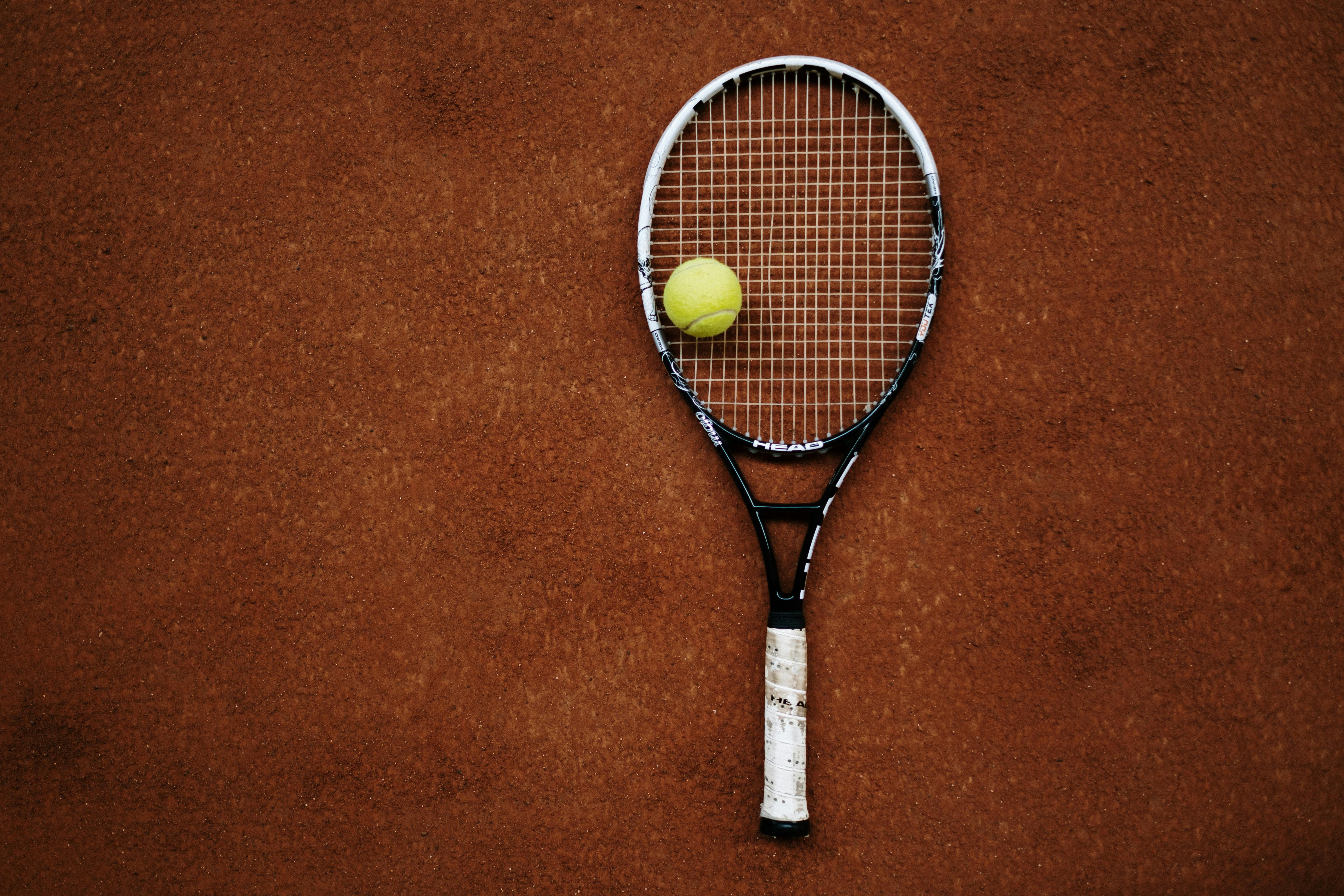
Connection to doubles tennis
In doubles tennis, the choice of grip is particularly important. The correct tennis doubles set-up and coordinated grip techniques between the players in doubles ensure effective volleys and quick reactions.
Why grip types are important in doubles:
- Quick changes between the net and baseline
- Precise volleys with the Continental Grip
- Topspin forehands with semi-western grip
- Communication about grip changes as part of tennis doubles tactics
👉Tennis Kit - Everything for your game
Conclusion
Choosing the right tennis grip is crucial for your game - whether in singles or doubles. It influences control, spin, power and comfort. If you know the different grip types in tennis and use them in a targeted manner, you can significantly improve your game.
🎾 Our tip: try out different grips, find your favorite and train regularly - especially if you want to be successful in doubles tennis. The right grip technique is the key to better tennis doubles tactics and a successful game.
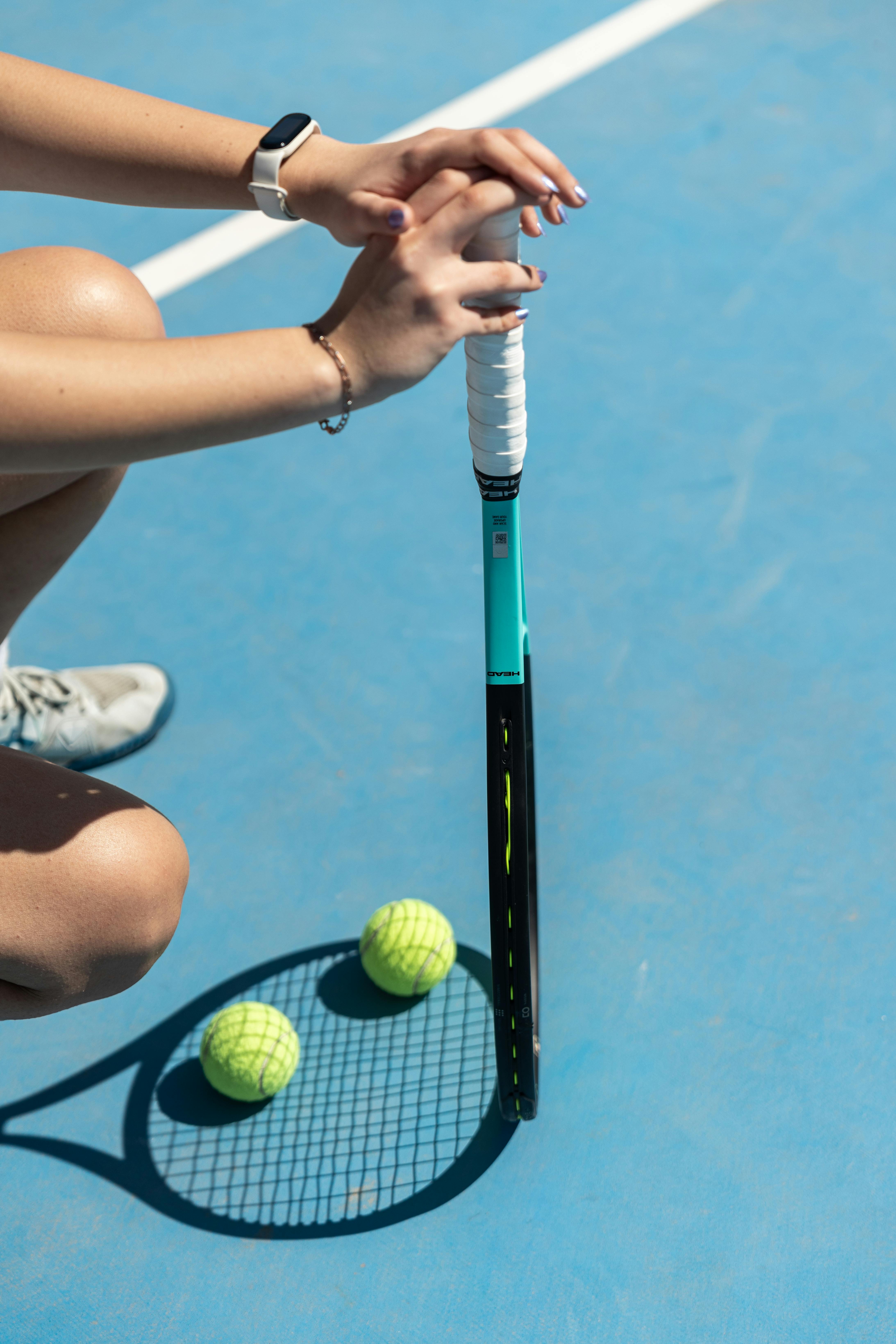

 German : Tennis Griffarten erklärt: So hältst du den Tennisschläger richtig
German : Tennis Griffarten erklärt: So hältst du den Tennisschläger richtig  French : Tennis Types de grips expliqués : comment tenir correctement une raquette de tennis
French : Tennis Types de grips expliqués : comment tenir correctement une raquette de tennis  English : Tennis grip types explained: How to hold the tennis racket correctly
English : Tennis grip types explained: How to hold the tennis racket correctly  Spanish : Tipos de empuñadura de tenis explicados: cómo sujetar correctamente la raqueta de tenis
Spanish : Tipos de empuñadura de tenis explicados: cómo sujetar correctamente la raqueta de tenis  Italian : I tipi di impugnatura del tennis spiegati: come impugnare correttamente la racchetta da tennis
Italian : I tipi di impugnatura del tennis spiegati: come impugnare correttamente la racchetta da tennis  Dutch : Typen tennisgrip uitgelegd: hoe je het tennisracket op de juiste manier vasthoudt
Dutch : Typen tennisgrip uitgelegd: hoe je het tennisracket op de juiste manier vasthoudt 
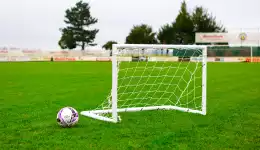
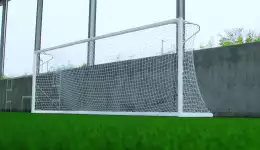
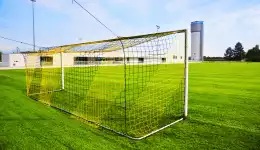
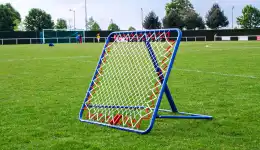


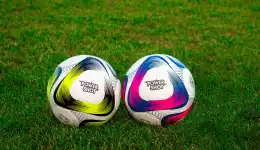
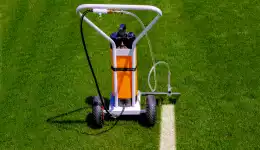








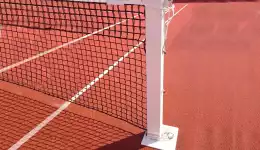


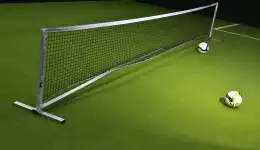

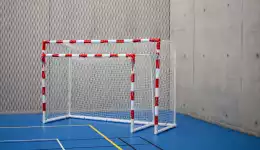


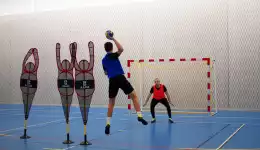

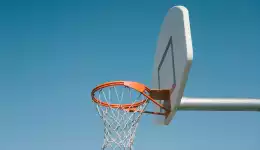
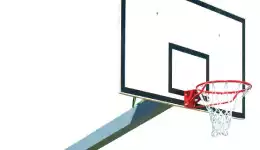
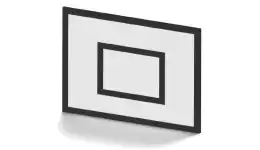
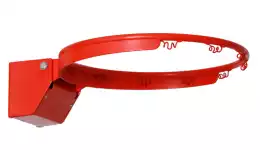
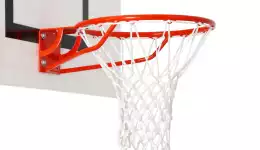
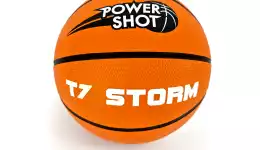

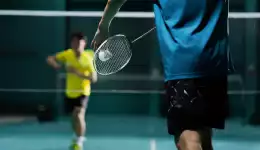

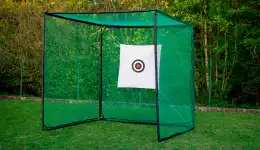
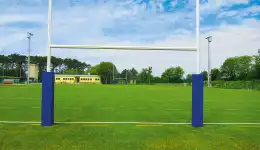
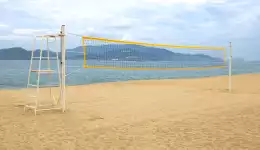
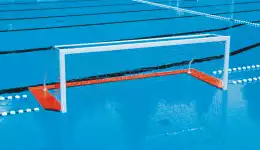







.jpg?width=400&height=300&crop-to-fit=1&quality=70&save-as=webp)

